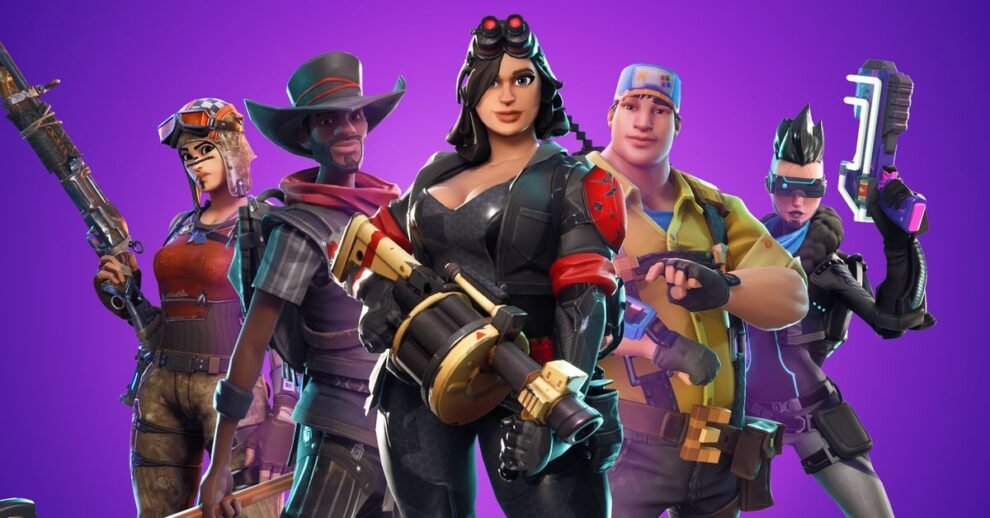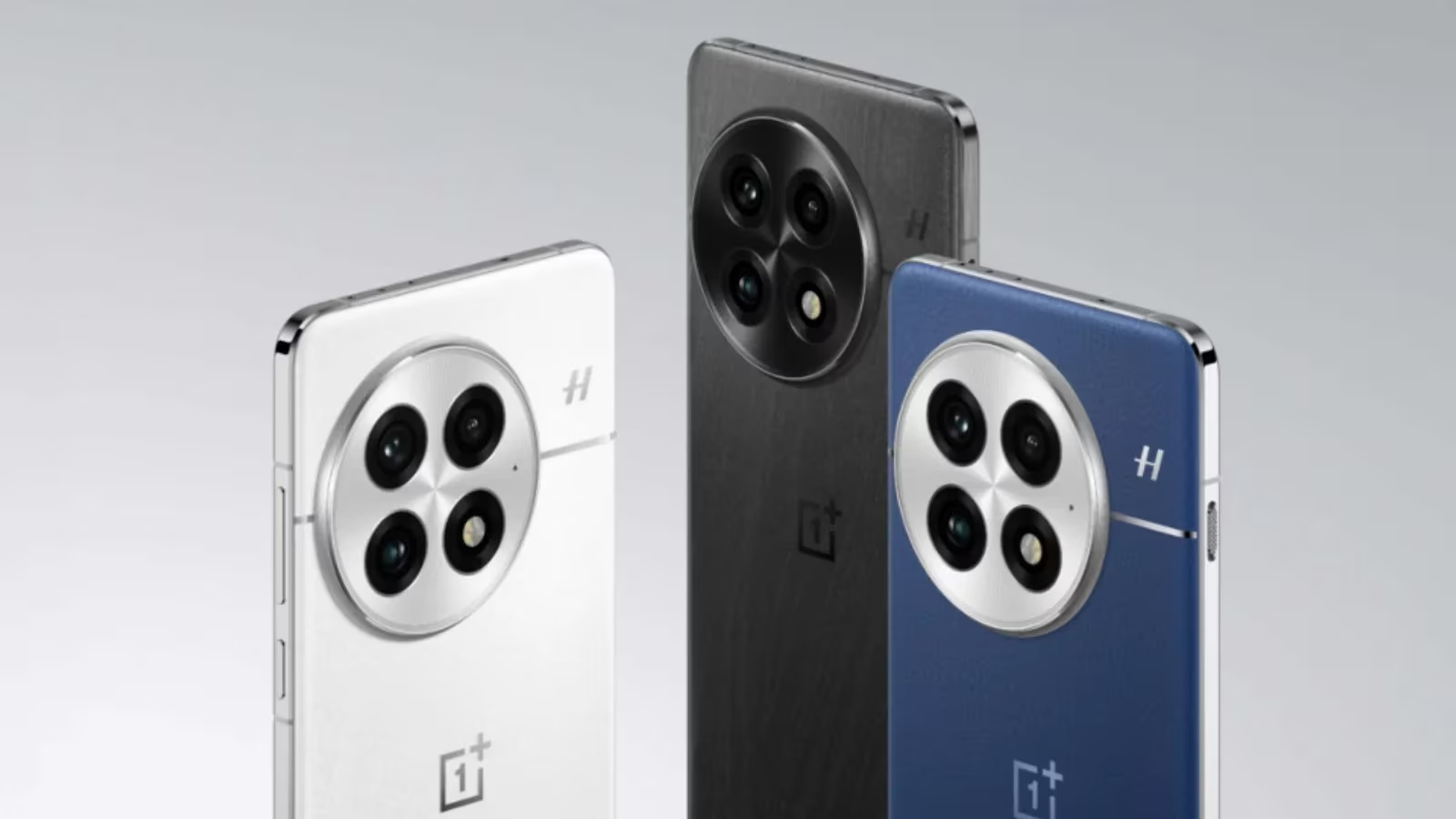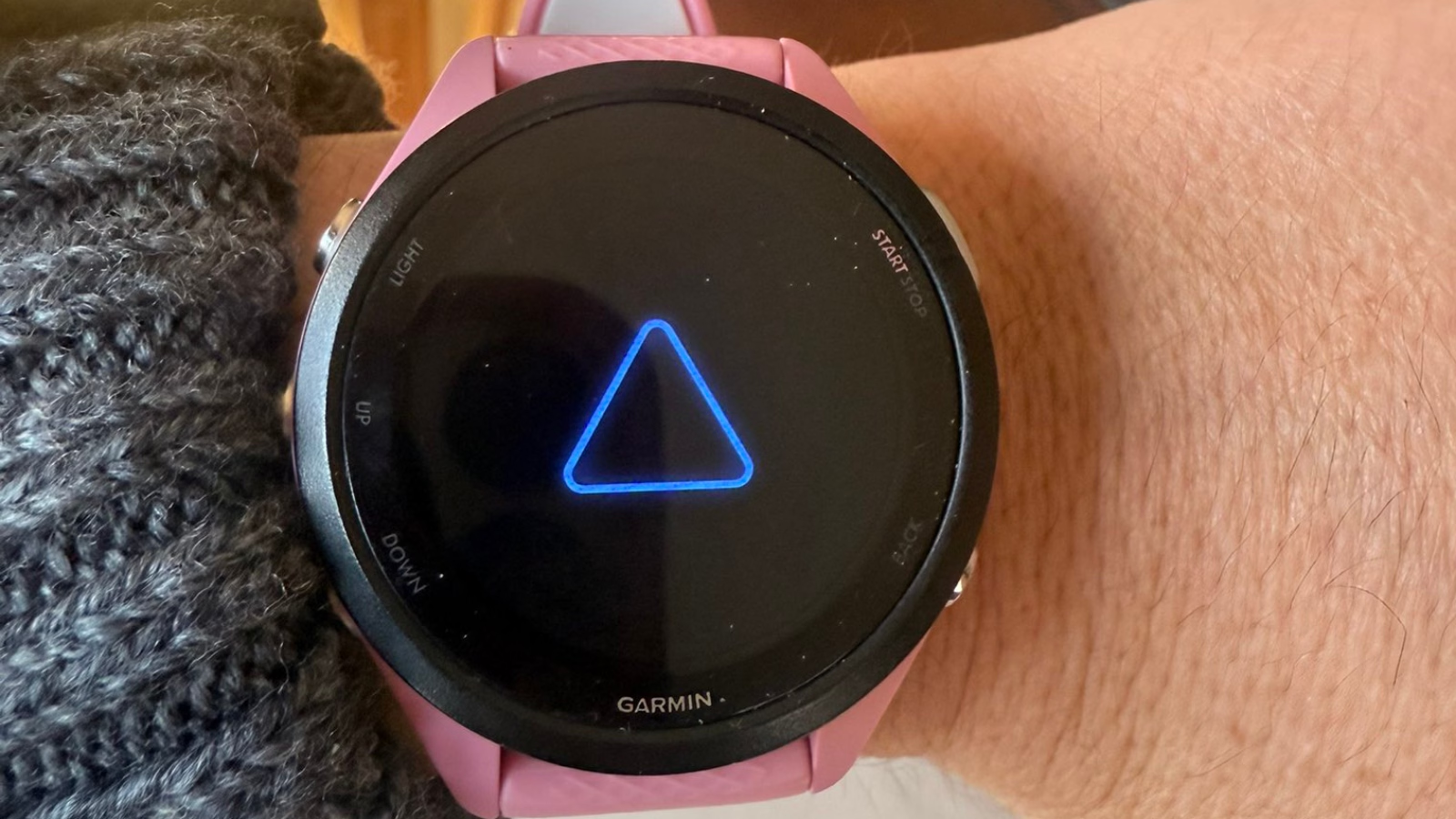Despite significant strides in LGBTQ+ representation across various media, video games lag behind film and television in depicting the diverse realities of the LGBTQ+ community. This discrepancy highlights the need for more inclusive storytelling in the gaming industry.
Key Highlights:
- LGBTQ+ characters and narratives are becoming more visible in video games, but the medium still trails behind film and TV in terms of diversity and representation.
- While indie games and certain mainstream titles have made progress, the overall gaming landscape shows a lack of LGBTQ+ characters and stories.
- Issues like stereotyping, the “bury your gays” trope, and the portrayal of LGBTQ+ individuals in negative roles persist.
- The role-playing element of video games offers unique opportunities for players to explore LGBTQ+ identities and relationships, underlining the potential for greater inclusivity in gaming.
LGBTQ+ representation in video games has seen notable improvement, with an increasing number of titles including LGBTQ+ characters and themes. Dr. Adrienne Shaw, the founder of the LGBTQ Video Game Archive, emphasizes the importance of diverse storytelling beyond marketing gimmicks, urging game designers to think holistically about the stories they tell. The archive documents a significant rise in games featuring LGBTQ+ content since the 1980s, indicating progress in the industry.
However, challenges remain. Historical archiving issues mean that many early games with LGBTQ+ content are forgotten or lost, and the portrayal of queer characters often reinforces negative stereotypes. For instance, the “Grand Theft Auto” series has been criticized for its negative depiction of queer characters. Furthermore, the gaming industry still largely caters to the stereotype of the straight, white, male gamer, overlooking the diversity of its audience.
Personal experiences shared by gamers, such as those in the “Mass Effect” trilogy and “Life Is Strange” series, highlight the potential of video games to explore and affirm LGBTQ+ identities through role-playing and character customization. These games offer players the chance to engage with LGBTQ+ narratives and characters in ways that can promote understanding and empathy.
Despite these advancements, a study titled “The Double-Edged Sword of Online Gaming” reported that only 0.03 percent of video game characters identify as part of the LGBTQ+ community, a stark contrast to the percentage of LGBTQ+ gamers and individuals worldwide. This underrepresentation underscores the gap between the potential for inclusive storytelling in video games and the current reality.
Recent years have seen the introduction of new LGBTQ+ characters in mainstream titles, such as “Alan Wake II,” “Marvel’s Spider-Man 2,” and “Horizon Forbidden West: Burning Shores,” indicating ongoing efforts to enhance LGBTQ+ representation in video games. These developments suggest a growing recognition of the importance of inclusivity in gaming, but they also highlight the need for continued progress.
In conclusion, while video games have made strides in LGBTQ+ representation, there remains a significant gap compared to film and TV. The unique interactive nature of video games offers unparalleled opportunities for storytelling and empathy-building. As the industry evolves, it faces the challenge of embracing these opportunities to create more inclusive, diverse, and representative gaming experiences for all players.



















